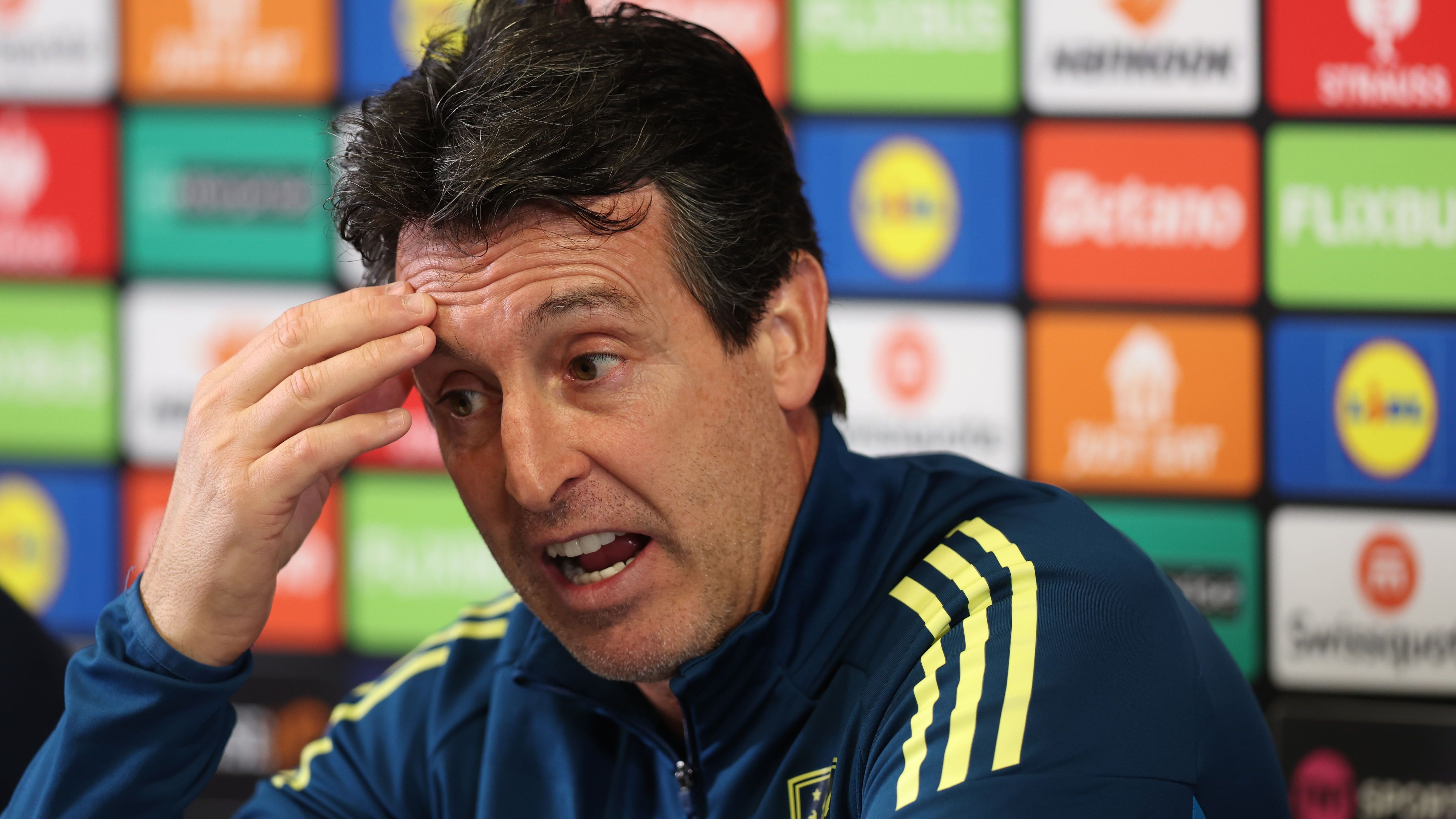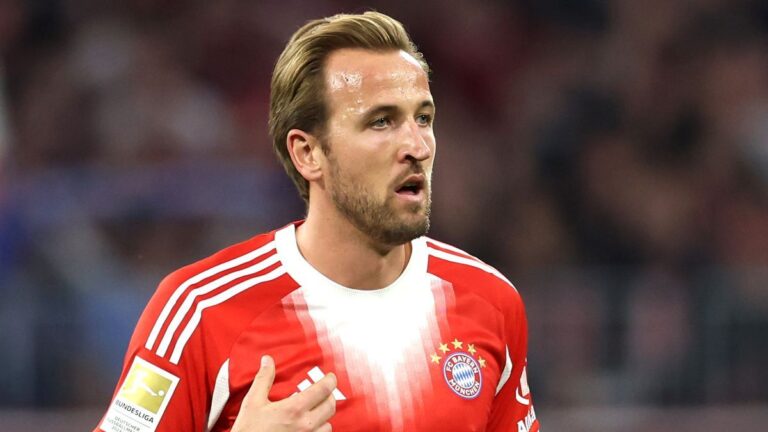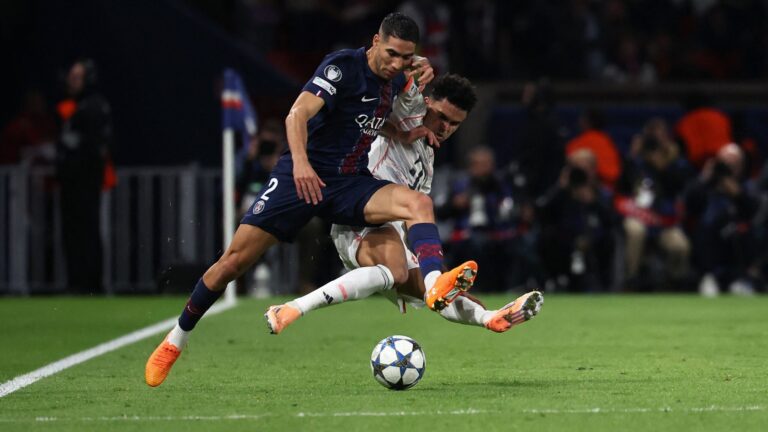


Is Rashford’s Presence Fueling Aston Villa’s Offensive Struggles?
Marcus Rashford and Ollie Watkins have become central figures in the ongoing narrative of Aston Villa’s scoring issues under Unai Emery. This piece delves into how Rashford’s high-profile loan disrupted team dynamics and left Watkins grappling for prominence, all while Emery navigates the challenges of maintaining Villa’s competitive edge in the Premier League.
Rashford’s Transformative Loan Spell at Aston Villa
In the midst of the 2024-25 season, Marcus Rashford’s temporary switch to Aston Villa was hailed as a brilliant acquisition. The agreement included a £40 million ($52.5m) buy option, thrilling Emery with the addition of a seasoned Premier League talent eager to rediscover his form. Rashford played a key role in Villa’s advances to the FA Cup semifinals and Champions League quarterfinals, with his standout performance against Paris Saint-Germain standing out. Facing a 5-1 aggregate deficit and imminent exit, Rashford shifted into high gear, dismantling PSG’s backline and sparking a dramatic 3-2 recovery that nearly flipped the script. Yet, as Rashford basked in the spotlight, Watkins found himself sidelined, his effectiveness waning amid Emery’s tactical overhaul centered on the loanee from United.
Emery’s Tactical Shift and Its Human Impact
Ex-England and Aston Villa forward Emile Heskey argues that the psychological effects of this era cannot be ignored. He cautions that Watkins may still harbor resentment over Emery’s choice to prioritize Rashford, potentially affecting his confidence and output on the field.
Expert Opinions on Watkins’ Setbacks and Team Dynamics
During a discussion with 10bet Casino, Heskey shared: “The past year has posed significant hurdles for Ollie Watkins. As athletes, we crave managerial support, and witnessing Rashford take center stage could have been disheartening. Considering Watkins’ track record, he’s emerged as the top English forward in the league since Harry Kane’s departure, so fostering that talent and boosting his morale is essential. Nonetheless, individuals must own their results, and Watkins might need to elevate his game.”
Rumors indicated that Watkins was contemplating a move elsewhere, with Manchester United keeping tabs on him as a budget-friendly backup if they missed out on RB Leipzig’s Benjamin Sesko.
Villa’s Forward Line Under Scrutiny
Watkins has only netted once in 13 outings this season, as he works to regain the precision that previously defined his play. Even with Watkins’ dry spell, Aston Villa has continued to exceed expectations under Emery’s leadership. After nine matches, they’re merely two points behind fourth-placed Sunderland and still contending for a Champions League berth. Their recent 1-0 triumph over Manchester City, courtesy of Matty Cash’s sharp first-half effort, highlighted Emery’s strategic brilliance. Still, it revealed a critical flaw: insufficient precision in the final third. Scoring just nine goals in the league-the fewest among the top 10 teams-Aston Villa from the West Midlands jeopardizes their solid framework with poor conversion rates. Heskey was forthright in addressing this offensive predicament.
Strategies to Bolster Aston Villa’s Attack
“I believe they require more reliable finishers,” Heskey noted. “Aston Villa has achieved impressive results under Emery, but scoring is always crucial. They must rely on Ollie Watkins and the rest of the strikers to rise to the occasion and make their mark. The team generates opportunities, yet they desperately need players who can capitalize on them. Their display against City was commendable-they showed intensity and put everything on the line-but that level of dedication must become routine. Additionally, they need to ensure those chances translate into goals at the opposite end.”
Upcoming Tests for Emery’s Squad
Aston Villa’s immediate hurdle is at Anfield, facing a Liverpool side hampered by injuries and eager to end their downturn. Arne Slot’s team is missing key players like striker Alexander Isak, goalkeeper Alisson Becker, and midfielder Curtis Jones. Meanwhile, Emery faces his own selection woes, with Andres Garcia, Youri Tielemans, and Emiliano Buendia listed as questionable, and loanee Harvey Elliott ruled out against his original club.
H2: Marcus Rashford’s Potential Impact on Aston Villa’s Offensive Struggles
In the ever-competitive world of Premier League football, assessing how a player like Marcus Rashford might influence a team’s performance can reveal a lot about squad dynamics and tactical decisions. Aston Villa has faced persistent offensive struggles this season, with inconsistent goal-scoring and creative play holding them back. Rashford, known for his explosive speed and clinical finishing, could hypothetically shake things up if he were to join or influence the team indirectly. Let’s dive into how his style might address these issues while considering the broader context of team morale.
H3: Understanding Rashford’s Playing Style and Its Relevance
Marcus Rashford’s influence stems from his versatile attacking prowess, which includes blistering pace, precise dribbling, and a knack for cutting in from the wings to create scoring opportunities. His ability to link up with midfielders and strikers has been a cornerstone of Manchester United’s attacks in recent years. For Aston Villa, dealing with offensive struggles like poor conversion rates and lack of width, Rashford’s inclusion could provide the spark needed. Imagine a scenario where his high-intensity runs stretch defenses, opening up space for players like John McGinn or Jacob Ramsey to exploit.
Key attributes that make Rashford a potential game-changer include:
- Speed and Agility: Rashford often ranks among the top players for sprint distance in matches, which could help Aston Villa break down stubborn defenses more effectively.
- Goal-Scoring Record: With over 100 goals in his career, his influence on offensive output is undeniable, potentially alleviating Villa’s struggles by adding a reliable finisher.
- Versatility in Attack: He can play as a winger, second striker, or even centrally, allowing Unai Emery to adapt tactics without overhauling the system.
H3: How Rashford’s Arrival Could Alleviate Villa’s Offensive Woes
Aston Villa’s offensive struggles have been evident in their inability to maintain consistent form, with key matches seeing them fail to capitalize on chances. If Marcus Rashford were to join or even inspire a shift in strategy, it might directly address these challenges. For instance, his presence could enhance the team’s pressing game, forcing opponents into errors and creating more scoring opportunities. In games where Villa has struggled to break down low blocks, Rashford’s ability to take on defenders one-on-one could be the difference.
Consider the stats: Villa has averaged only 1.5 goals per game in their last ten outings, compared to Rashford’s personal average of 0.4 goals per 90 minutes over the past three seasons. This disparity highlights how his influence might boost their attack. Additionally, incorporating keywords like “Aston Villa offensive struggles” naturally shows how his dynamic play could improve key metrics, such as expected goals (xG) and shots on target, making the team more formidable in Premier League battles.
H2: Ollie Watkins’ Ongoing Discontent with Unai Emery’s Tactics
Ollie Watkins, Aston Villa’s star striker, has been vocal about his frustrations, particularly regarding how Unai Emery prioritizes certain players over others. This discontent has added an extra layer to the team’s offensive struggles, as Watkins feels sidelined in favor of a more conservative approach. Emery’s prioritization of key players often focuses on defensive stability, which Watkins argues hampers the forward line’s creativity and freedom.
H3: Watkins’ Performance Amidst Team Challenges
Watkins has been a bright spot for Aston Villa despite the broader offensive issues, with 15 goals in the previous season showcasing his potential as a top-tier striker. However, his ongoing discontent arises from limited service and tactical setups that don’t maximize his strengths, such as his intelligent runs and finishing ability. Emery’s strategy sometimes prioritizes midfield control over quick transitions, leaving Watkins isolated and frustrated.
To break this down:
- Impact on Individual Form: Watkins’ discontent could stem from reduced playing time or suboptimal positioning, affecting his confidence and output-think missed chances due to poor support.
- Season Statistics: He’s recorded a drop in assists and key passes, correlating with Villa’s struggles, which underscores the need for better prioritization of key players like him.
- Psychological Factors: In a conversational tone, it’s like Watkins is saying, “Hey, if we’re prioritizing defense over attack, how can I shine?” This highlights the human side of football, where player morale plays a huge role.
H3: Unai Emery’s Prioritization Strategy and Its Consequences
Unai Emery’s approach to prioritizing key players often involves balancing the squad to maintain competitiveness across competitions, but this has led to Ollie Watkins’ ongoing discontent. Emery tends to favor experienced players in high-stakes games, which can sideline talents like Watkins if the team is chasing results rather than flair. For example, opting for a more defensive midfielder over an attacking option might protect leads but stifles creativity, directly influencing Aston Villa’s offensive struggles.
Here’s a quick bullet-point analysis of Emery’s tactics:
- Pros of Prioritization: It ensures team stability, as seen in Villa’s improved defensive records, but at what cost to the offense?
- Cons and Player Impact: Watkins’ frustration could lead to broader issues, like decreased team cohesion, especially if Rashford’s influence-say, through a transfer rumor or style emulation-forces Emery to rethink his setup.
- Long-Term Effects: Keywords like “Unai Emery prioritization of key players” show how this strategy might need evolution to keep stars like Watkins motivated, potentially integrating more Rashford-like elements for a balanced attack.
H2: The Role of Key Players in Team Dynamics and Future Strategies
When assessing Marcus Rashford’s influence, it’s clear that player prioritization goes beyond individual talent-it’s about how it fits into the overall team narrative. For Aston Villa, blending Rashford’s potential impact with Watkins’ expectations could redefine their offensive identity. Emery might need to adapt by giving more freedom to key attackers, ensuring that offensive struggles don’t persist.
H4: Balancing Act: Rashford’s Hypothetical Role and Watkins’ Needs
In a friendly chat about football, we’d say it’s all about finding that sweet spot. If Rashford’s style inspired changes, Emery could tweak formations to better support Watkins, perhaps through faster counter-attacks or wider play. This isn’t just theory; real-world examples from teams like Manchester United show how prioritizing dynamic forwards can turn seasons around.
Key takeaways for readers include:
- Recognizing how external influences, like Rashford’s reputation, can indirectly shape team strategies.
- Understanding the importance of player-manager relationships in addressing discontent.
- Exploring ways Emery might evolve, such as incorporating more youth and speed to combat offensive woes.
By focusing on these elements, Aston Villa fans can gain a deeper appreciation for the intricacies of Premier League football, making this analysis both informative and engaging.









